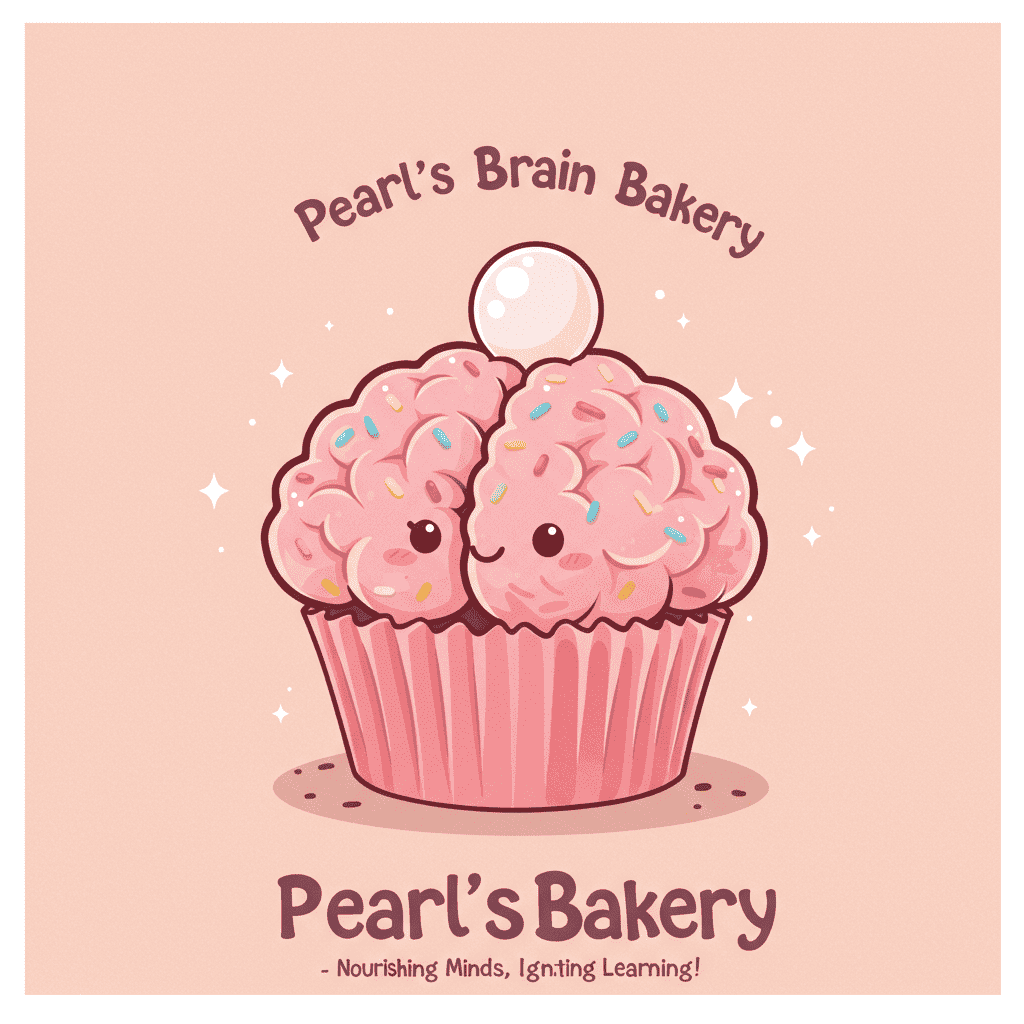It’s a plea that pierces a parent’s heart: the desperate request to escape school, uttered by a child who is clearly distressed. While many children have a rough day now and then, for parents of neurodivergent children, this cry can be a persistent, heartbreaking refrain. It’s a stark indicator that their child feels fundamentally misunderstood, overwhelmed, and perhaps even unsafe in an environment designed for learning.
Neurodivergence encompasses a range of neurological differences, including Autism, ADHD, dyslexia, dyspraxia, and Tourette’s Syndrome, among others. These are not disorders to be cured, but natural variations in how brains are wired. Yet, our traditional school systems, largely built on neurotypical norms, often struggle to accommodate these differences, leading to profound challenges for neurodivergent students.
So, why does school become such a source of anxiety, and how do we begin to understand the “misunderstood” child behind the plea?
The Hidden Curriculum and Sensory Overload
For many neurodivergent children, school isn’t just about academics; it’s a sensory minefield and a social labyrinth.
- Sensory Assault: Imagine trying to focus when the fluorescent lights hum, chairs scrape, other children whisper and fidget, the air smells of stale lunch, and the fire alarm tests are a weekly dread. For a neurodivergent child with sensory sensitivities, this isn’t background noise; it’s an overwhelming assault that can lead to meltdowns, shutdowns, or a desperate need to flee.
- The Unspoken Rules (Hidden Curriculum): Social cues, sarcasm, classroom etiquette, group dynamics – these are often learned intuitively by neurotypical children. For neurodivergent children, these “hidden rules” are often confusing and exhausting. They might miss social nuances, struggle with turn-taking, or not understand why a certain tone of voice means one thing but not another. This leads to social anxiety, feelings of exclusion, and frequent misunderstandings with peers and teachers.
- Executive Function Demands: School requires immense executive function skills: planning, organizing, initiating tasks, shifting attention, managing time, and regulating emotions. For children with ADHD, autism, or dyspraxia, these skills can be significantly challenged, making homework overwhelming, transitions chaotic, and multi-step instructions impossible to follow without explicit support.
The Cycle of Misunderstanding
When a child struggles with these underlying differences, their distress often manifests as behaviors that are easily misinterpreted by adults:
- “They’re not trying hard enough.” This might be a child with ADHD struggling with initiation or sustained attention, not a lack of effort.
- “They’re being defiant/stubborn.” This could be a child with autism rigid about routines or overwhelmed by a sensory input, unable to articulate their distress.
- “They’re just seeking attention.” This might be a child desperately trying to communicate an unmet need or avoid an overwhelming situation.
- “They’re lazy/unmotivated.” This could be a child with dyslexia utterly exhausted by the effort of decoding, or a dyspraxic child struggling with the motor planning for writing.
These misinterpretations lead to punitive responses rather than supportive ones, deepening the child’s feeling of being misunderstood, blamed, and ultimately, wanting to escape.
Opportunities for Empathy and True Inclusion
Hearing the “teacher’s cry” for better support for neurodivergent children means shifting our paradigm from “fixing” the child to adapting the environment.
- Educate Ourselves: Parents, teachers, and administrators need ongoing education about neurodiversity. Understanding the “why” behind certain behaviors is the first step toward effective support.
- Embrace Individualized Approaches: One size does not fit all. What works for one neurodivergent child may not work for another. This requires flexibility in teaching methods, assessment, and classroom management.
- Create Sensory-Friendly Spaces: This doesn’t mean building a separate room. It means thinking about lighting, noise levels, quiet corners, and opportunities for movement within the general classroom.
- Explicitly Teach Social Skills: Don’t assume social rules are intuitive. Explicitly teach and role-play social scenarios, offering clear visual aids and predictable routines.
- Focus on Strengths: Neurodivergent individuals often possess incredible strengths: unique perspectives, intense focus on areas of interest, exceptional creativity, honesty, and strong pattern recognition. Schools should be places where these strengths are identified, nurtured, and celebrated.
- Collaborate with Families: Parents are experts on their children. Open, respectful communication and partnership between home and school are crucial for creating a consistent, supportive environment.
- Prioritize Psychological Safety: If a child feels misunderstood, shamed, or constantly overwhelmed, their brain’s primary directive will be safety, not learning. Creating an environment where every child feels safe, seen, and valued is paramount.
When a child pleads to run away from school, it’s not a sign of defiance, but a distress signal. It’s a “cry” for an environment that understands their unique wiring, embraces their differences, and allows them to flourish authentically. By listening intently and making systemic shifts, we can transform school from a place of dread into a haven of discovery for every neurodivergent child.
